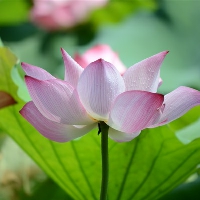Traditional Chinese Wedding Customs
1.Proposal: The groom's family sends a matchmaker to the bride's family to propose marriage and present betrothal gifts.
2.Engagement: The bride's family accepts the proposal and the two families exchange engagement gifts, including a red envelope with money.
3.Selection of Wedding Date: A fortune-teller is consulted to select an auspicious wedding date.
4.Hairdressing: The bride-to-be has her hair combed and styled in a traditional manner, often with ornaments and flowers.
5.Bridal Gifts: The groom's family presents bridal gifts to the bride's family, including jewelry, clothing, and other valuable items.
6.Wedding Ceremony: The wedding ceremony includes the bride and groom bowing to heaven and earth, their parents, and each other.They also exchange rings, tea, and vows.
7.Wedding Banquet: A lavish wedding banquet is held, often with many courses of food and drinks, and entertainment such as lion dances and firecrackers.
8.Bridal Chamber: After the banquet, the bride and groom retire to their bridal chamber, where they consummate their marriage.
9.Morning After: The next morning, the groom's family visits the bride's family to thank them for their hospitality and to present morning-after gifts.
10.Returning Bride: The bride returns to her parents' home for three days, during which time the groom's family sends gifts and visits her.
11.Sending Off: On the third day, the bride returns to her husband's home, often with a grand procession and much fanfare.
12.Post-Wedding Rituals: After the wedding, there are many post-wedding rituals, including visiting the bride's family, paying respects to ancestors, and hosting a banquet for friends and family.

 搜索你感兴趣的问题
搜索你感兴趣的问题

 搜索你感兴趣的问题
搜索你感兴趣的问题